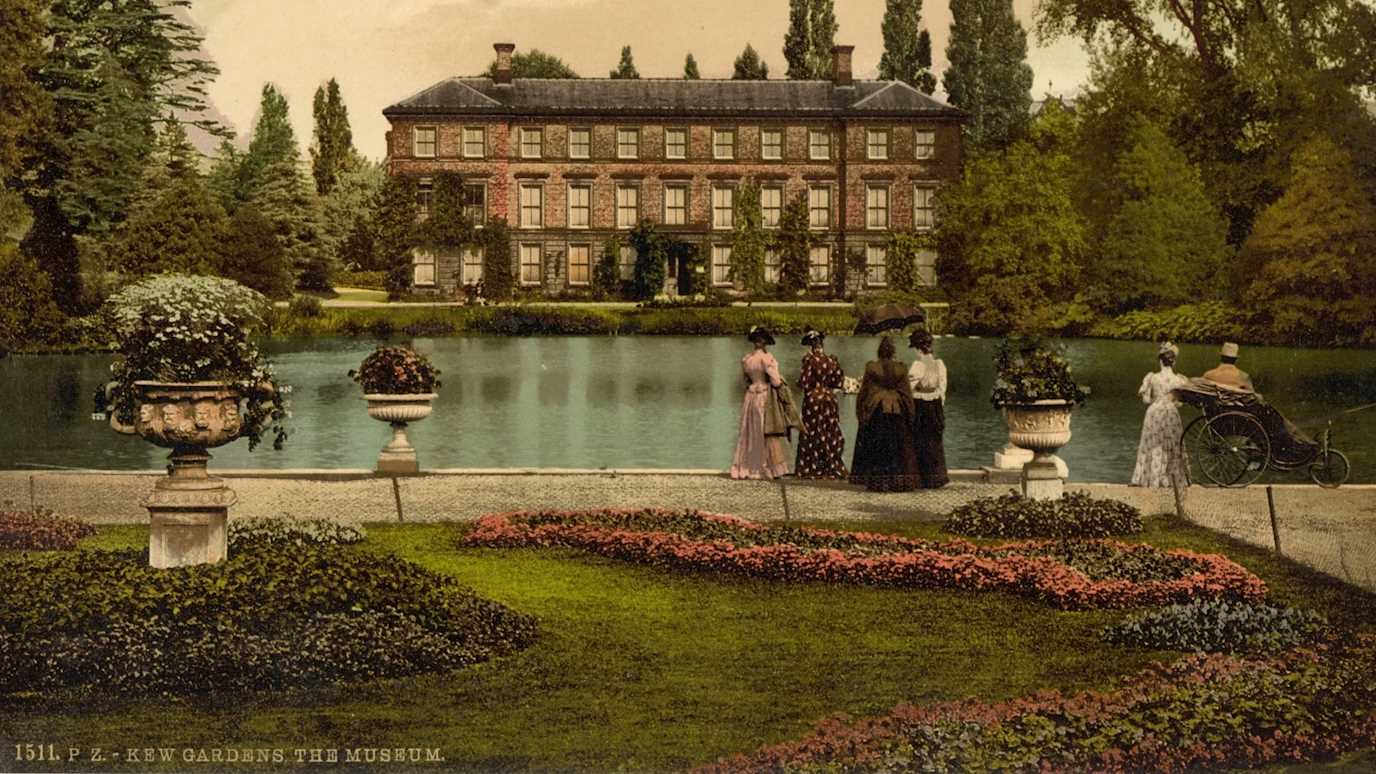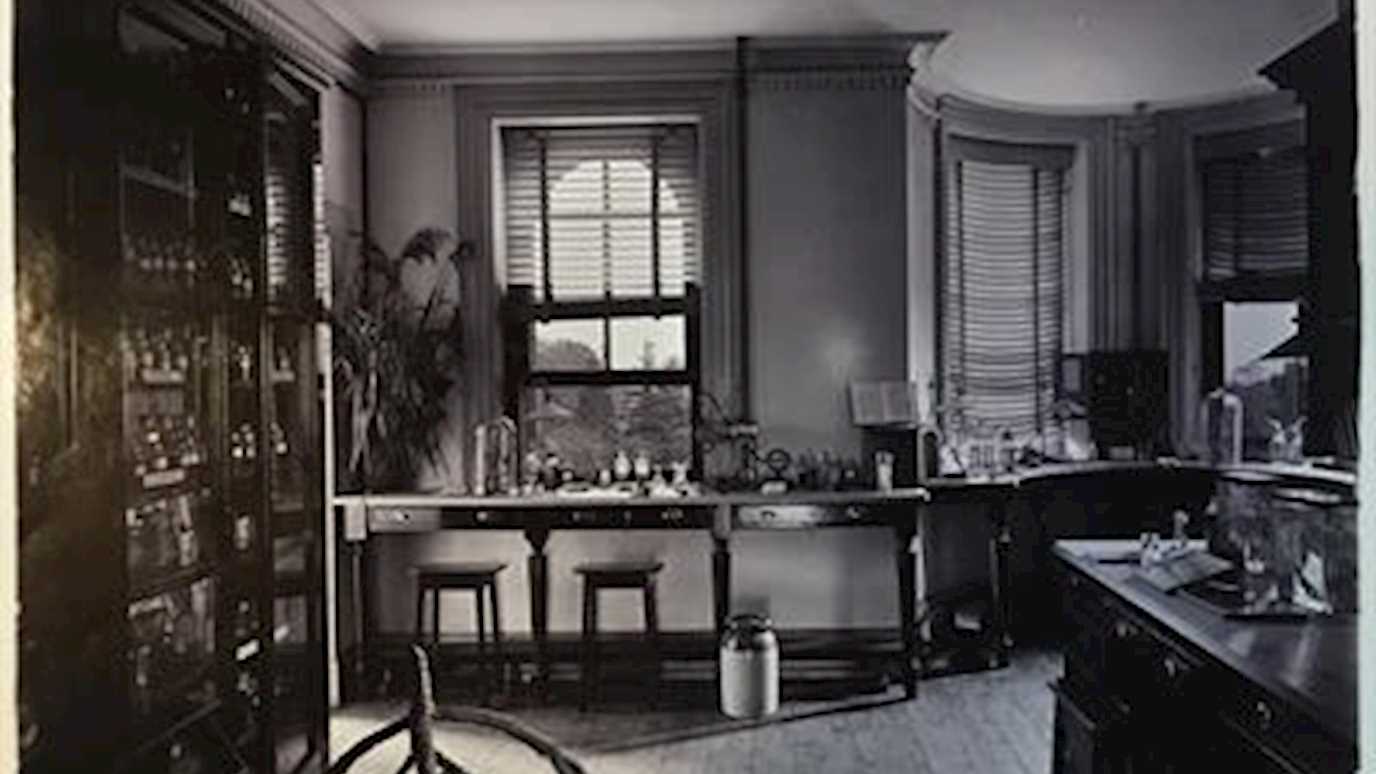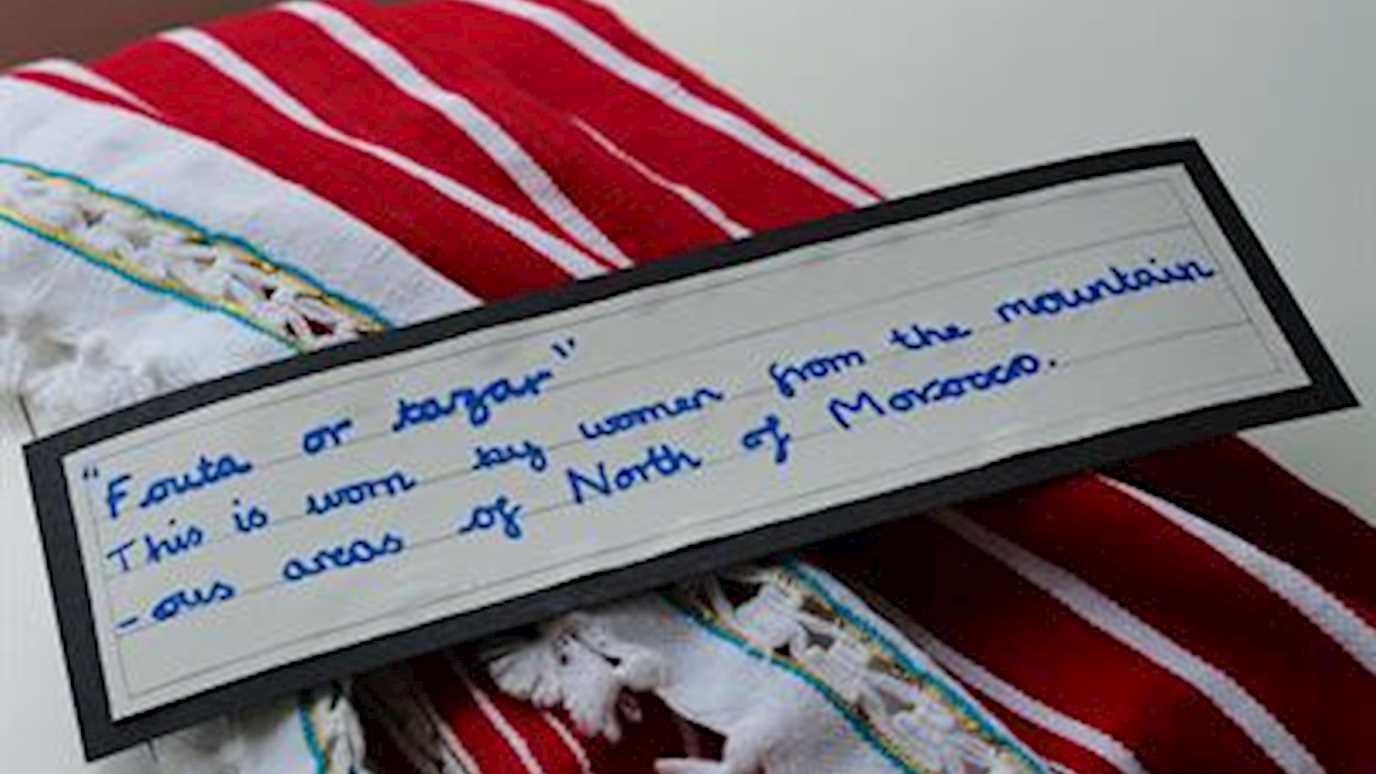Posted on 05/05/2017 by Beth Wilkey, Project Officer
Where did it come from?
Beth Wilkey, Project Officer
In April the Natural Sciences Collections Association held a conference at the University Museum of Zoology in Cambridge. The theme of the conference was ‘provocative new ways of working with collections’, so I was hoping for some challenging talks and some healthy debate. The conference didn’t disappoint!
The stand out talk for me was ‘Nature read in black and white or How to stop being racist and develop worthwhile natural history curation’ – presented by Subhadra Das, UCL Culture and Miranda Lowe, Natural History Museum, London. The main point of the presentation was the fact natural history collections, many formed because of the British Empire, colonisation and/or slavery often edit their interpretative narratives to miss out these stories of how the specimens were collected. Interpretation is often focused on scientific discovery and advancement, which appeals particularly to family audiences and specialists.
Subhadra and Miranda argued that by giving these specimens a purely scientific interpretation, museums were creating barriers. Source or diaspora communities recognising where these specimens came from and observing that this collecting story was absent were likely to feel alienated and that museums are not for them.
This immediately sparked a memory for me. In 2011 I was working at the Powell-Cotton Museum in Kent, and we were working on a diaspora community project to re-interpret and redisplay the 1930s Angolan material. The inspiration behind the project was partly to address the curatorial, academic narrative in the galleries and represent the viewpoints of the communities these objects were bought from.
As part of one of the focus group sessions at the museum, we gave our Angolan community partners post-it notes and asked them to wander the galleries and stick them up with snap reactions to things. Some of the natural history displays received a negative reaction, with sad smiley faces on the post-its, and some short comments about the removal of these animals from their natural habitat, including comments like ‘murderers’. Despite most of the material in the museum (both the natural history and the world cultures objects) being collected around the same time, for our Angolan project we were not considering the more ‘scientific’ material, only the objects the museum classified as ‘ethnographic’.
At the time I thought the negative comments (and they weren’t the first we had received) were because we weren’t effectively communicating the science and research behind the collection, something we were actively working on improving (‘They’re not stuffed animal trophies!’) but actually, it goes much deeper than that – and it only really hit me during Subhadra and Miranda’s talk. During our project we spent hours discussing the removal of objects from Angola with our community partners – but comparatively little time addressing the removal of the animals.
I’d attended another subject specialist network conference earlier in the month, the Museum Ethnographers Group conference, and there, working with originating communities was a common thread running throughout many of the presentations – challenging, exploring and acknowledging colonial narratives is common in world culture museums now. These disciplines of natural sciences and world cultures have their own networks, career paths, conferences and often entirely separate museums. Yet they are inextricably linked – a lot of this material was collected by the same people, in the same way, during British colonial expansion.
The talk had a huge impact on the people in the room and Twitter was alive with activity after with responses from attendees and those following the conference from afar. It will be interesting to see if this is picked up again at a future conference, or with case studies in the Journal, to see what develops in the natural sciences discipline in terms of addressing new methods of interpretation. I’m certainly interested in any institutions doing this already with their scientific collections. One of Subhadra and Miranda’s recommendations was involving historians in these large institutions with natural science collections.
I started at Kew in January working on the Mobile Museum project and have enjoyed learning about all the work Kew is doing with both historians and indigenous communities (including a previous project working with Māori weavers on the conservation of a Māori cloak). The collections here are not separated quite like they are in larger museums – economic botany is a biocultural collection, which unites nature and culture in one object. Kew Gardens, like many other institutions of its age, was a product of British colonial collecting, and so too has a responsibility to continue to explore these wide-ranging, important narratives in its work.
























